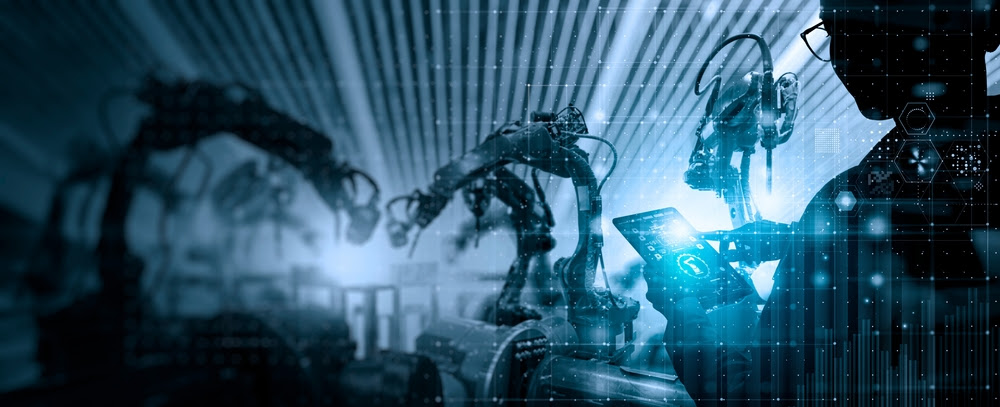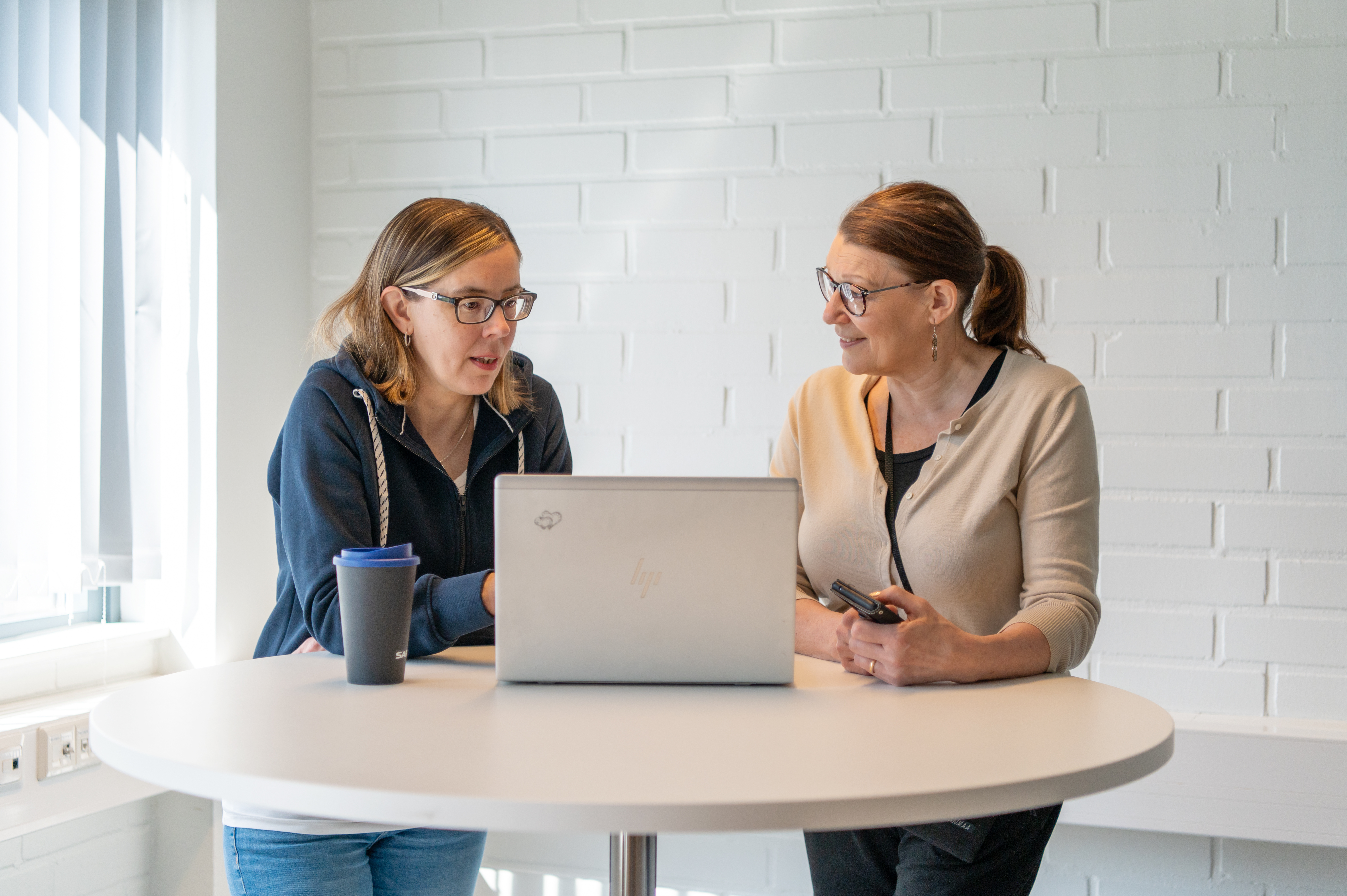Even before the events that occurred in spring 2022, cybersecurity issues have been central to the industrial internet and automation solutions. The more systems we digitise, the more versatile the protection must be.
Whenever the data of industrial infrastructure is sent online, there is the risk of unauthorised access, should the transfer’s protections prove inadequate.
The security of data transfers can be compromised with denial of service attacks, phishing and malware. High-risk systems include all those used to operate critical industries or defence technologies. Protecting the automation systems of all companies is equally important to prevent unauthorised access to business data and process functions.
Information security is one of the challenges for business in Finland. In its spring 2020 investigation, the National Cyber Security Centre of Finland discovered 33 unprotected industrial automation systems with spot checks.
Among Finland’s largest companies, one in six has suffered a data breach. Compared to the European average, Finnish companies encounter up to three times more data breaches.
The information security of industrial automation is always changing, and developing protection methods is a continuous process. The main thing is to include information security at the planning stage of systems and build continuous protections based on risk analyses.
There is no need to overstate the case, however. Safe industrial infrastructure provides constant opportunities for developing and creating new business. In the best case, industrial automation systems mesh with national cybersecurity while supporting productive companies whose operational reliability has passed stress testing.




